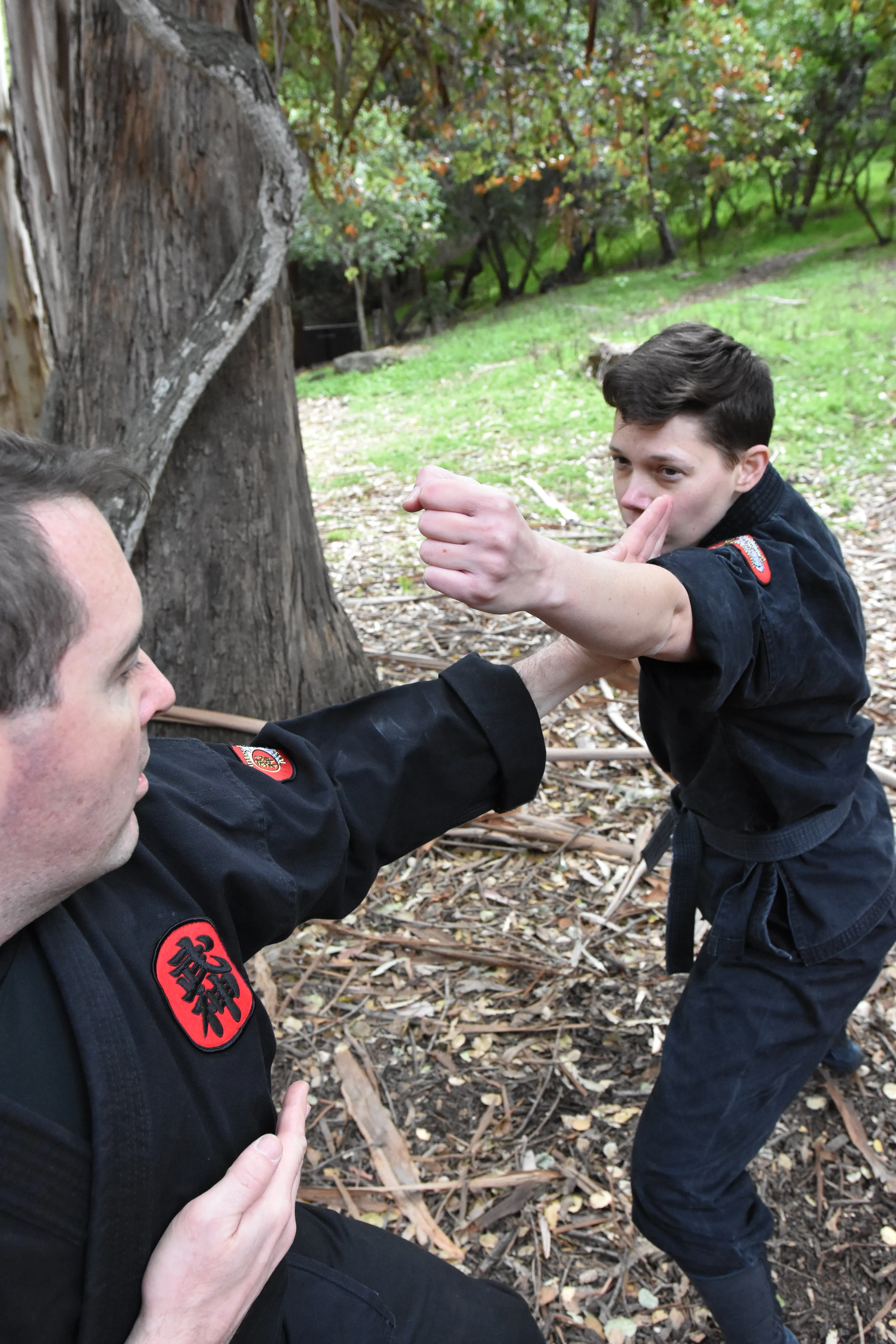What is Samurai Jujutsu & Ninjutsu?
Samurai Jujutsu
Samurai Jujutsu is multiple ancient martial arts from the 1600s and older. These were schools that helped shape the country, battlefield, and were so popular they created some of the modern martial arts people enjoy today. The arts taught include, traditional jujutsu, striking, attacking weak points, destroying the opponent's balance, weaponry, and more.
Ninjutsu
Ninjutsu was developed during the warring state period of feudal Japan. Each ninja clan refined their art to ensure their survival in a time of turmoil. Ninjutsu methods included: Intelligence gathering, misdirection, concealment, stealth, escape, specific tools, alchemy, and the cultivation of endurance and patience.
In recent years, Ninjutsu has seen a resurgence in popularity, both in Japan and abroad, as people seek to learn its unique methods of self-defense and combat.
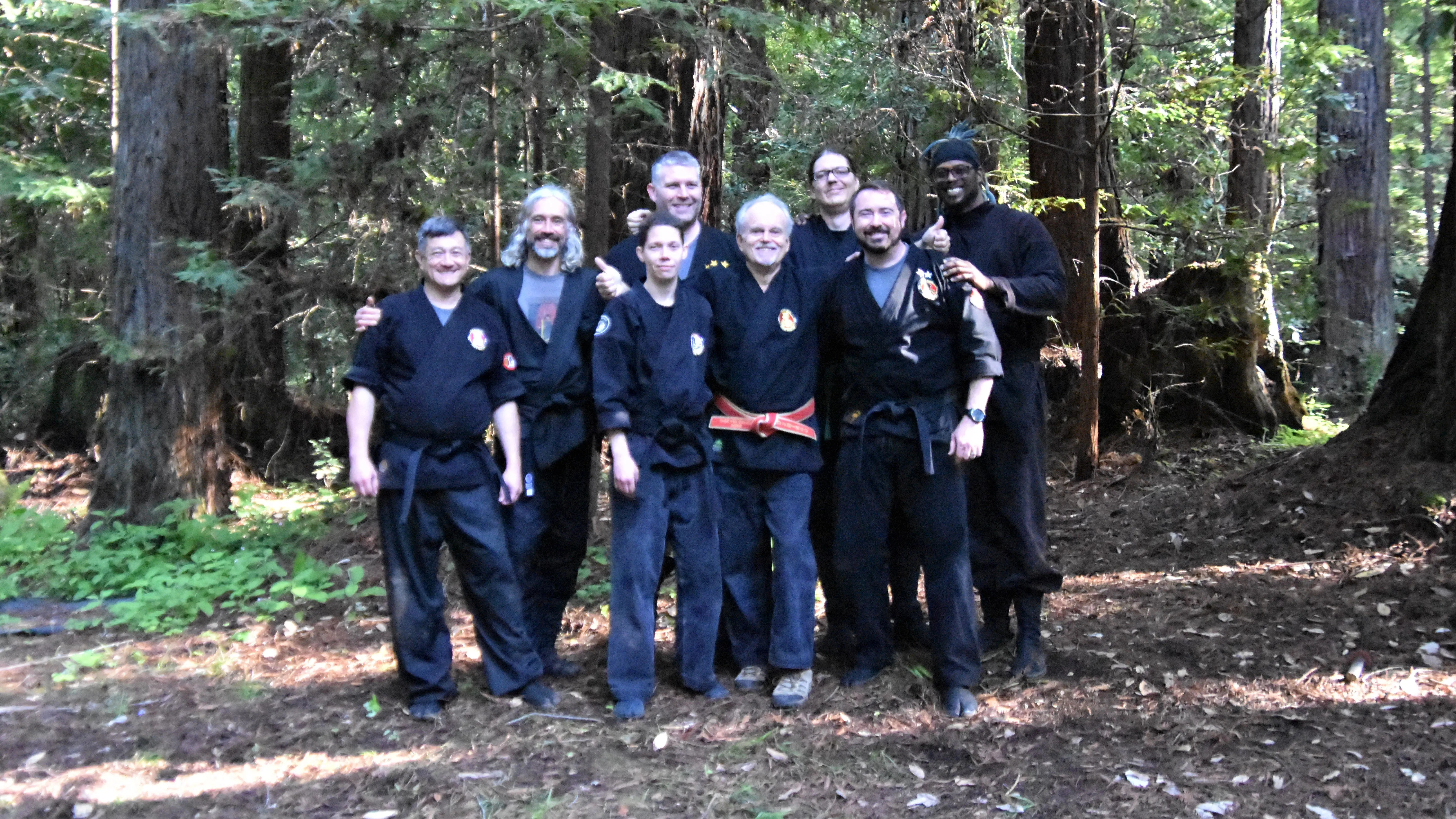
Bujinkan Budo Taijutsu Ninpo
In the 1970’s Soke Hatsumi decided to combine the 9 schools that he learned from Takamatsu Sensei into one art. He did this with an idea of carrying on his teacher’s lineage. Along the way, as the art developed, it came to teach ancient lessons for the modern era. He originally named the art, Bujinkan Ninpo Taijutsu, then changed it to, Bujinkan Budo Taijutsu.
Budo Taijutsu Ninpo is a rare form of martial arts. This art can be called a "feeling art," meaning there is pressure and sensitivity testing performed. It teaches 9 separate arts that work together as one. As you learn the art you will study the foundation, warrior ship, and spiritual refinement. The art is taught with the student in mind. You are graded not just on the skills you have learned but how you have developed as a person.
Today, Ninjutsu is practiced within the Bujinkan. Six of the schools are Samurai arts, and three are Ninjutsu. The Bujinkan is a Japanese International martial arts organization that specializes in Samurai Jujutsu & Ninjutsu traditions. Budo Taijutsu Ninpo is not a sport / competition or a flashy martial art. It is a Battlefield art created with the idea of coming home alive. In addition to learning how to defend yourself, training in Budo Taijutsu Ninpo can also offer many other benefits. For example, it can help improve your concentration and focus, increase your agility, reflexes, mobility, and boost your confidence. Improve balance and awareness, natural movement, protection from injuries, and to think outside the box. If you're looking for a martial art that can give you an edge in self-defense situations, Budo Taijutsu Ninpo is definitely worth considering.
Lineage of Bujinkan Budo Taijutsu Ninpo
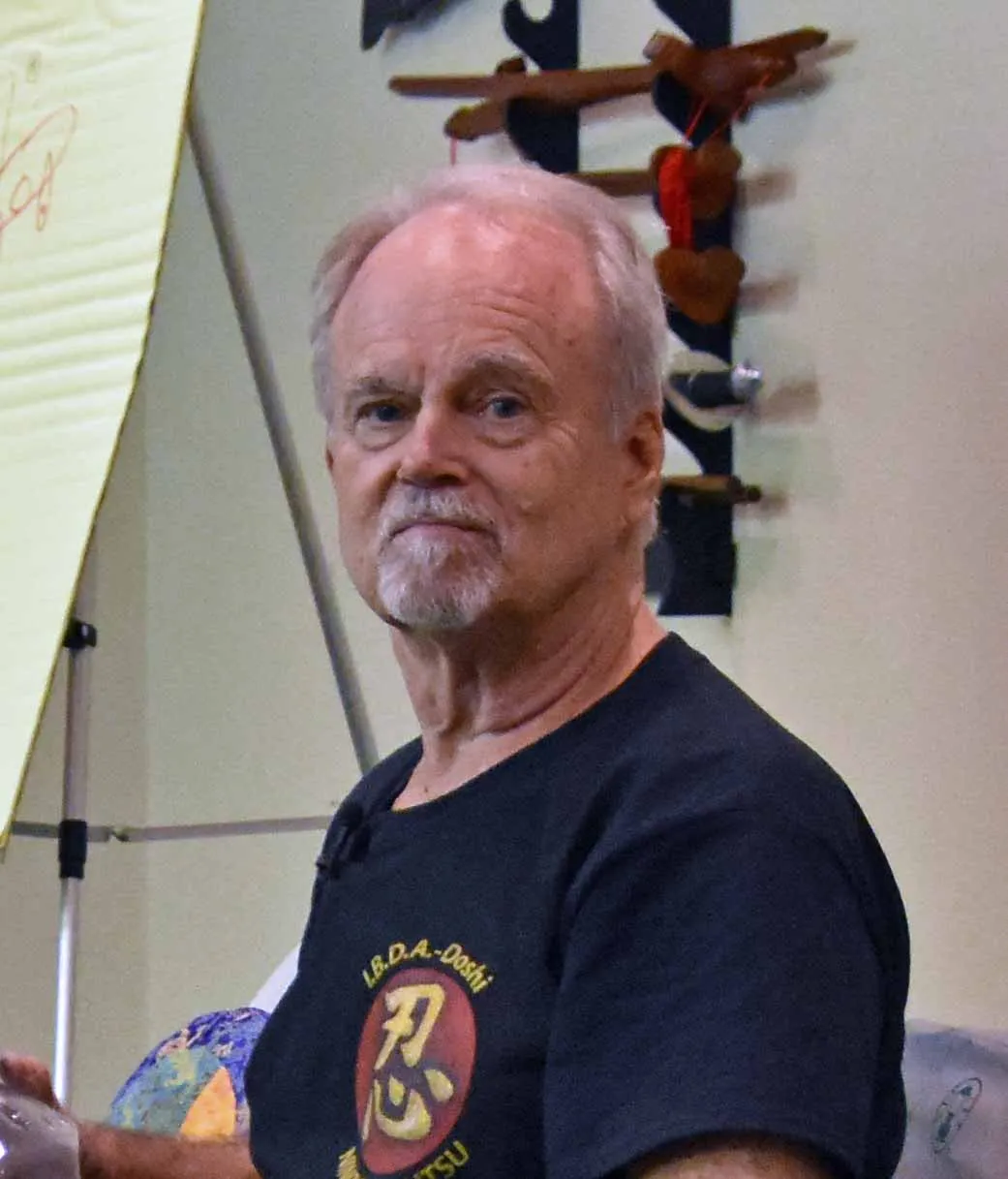
Doshi Richard Van Donk, DaiShihan (born 1950 - current)
Richard Van Donk, DaiShihan is the Founder and Director of the International Bujinkan Dojo Association (formerly called the American Bujinkan Dojo Association) and Bushindo Martial Arts University operating worldwide in over 120 countries with its International Dojo Headquarters in Middletown, California. His wife, Linda, also a Bujinkan DaiShihan (15th dan) is the Assistant Director of Training for the organization. Richard is one of the highest ranking Bujinkan Budo Taijutsu Shidoshi (fully licensed teacher) outside of Japan (9th Dan in Ninpo Taijutsu / 15th Dan in Budo Taijutsu from Soke Hatsumi). Richard Van Donk is a personal student of Soke Hatsumi of Noda city, Japan and has traveled to train with him at least twice a year since 1985 when he received his (Nidan) 2nd degree Blackbelt and Shidoshi-ho (junior teaching license) directly from Soke Hatsumi. At this time Soke Hatsumi also made him a personal student in a special ceremony at now Soke Ishizuka’s dojo. In early 1987 Richard passed his 5th degree test in Japan in front of a panel of Japanese Shihan.
In 1991 Richard was honored with the Golden Dragon Award for his contributions to the Bujinkan. Soke Hatsumi awarded Richard his 10th degree Blackbelt on Dec 2, 1995 (Soke Hatsumi’s Birthday). On March 10, 2000 (Takamatsu’s Birthday) he received the rank of 11th dan, Ju-Nidan (12th Degree blackbelt) on March 28th, 2001, Ju-Sandan (13th Degree blackbelt) on December 2nd, 2002, Ju-Yondan (14th Degree blackbelt) on April 2nd, 2004, (Takamatsu Resurrection), and Menkyo Kaiden Ju-Godan (15th Degree blackbelt) on Dec 2, 2004. Beyond rank is the Shin Gi Tai Ichi Award and Yushu Shihan Award given to him in 2014. In 2020, received title DaiShihan. He continues to lead the IBDA and IBDA Master Council long after Soke Hatsumi’s retirement.
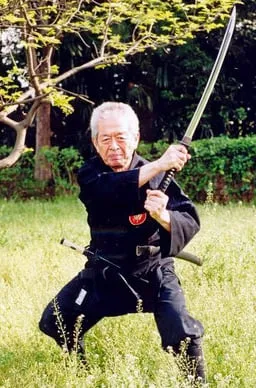
Hatsumi Masaaki, Soke (born 1931 - current)
Hatsumi Sensei is the founder and International Director of the Bujinkan Dojo with its Hombu Dojo, the Bujinden (Divine Palace), residing in Noda City, Chiba Prefecture, Japan. He is the inheritor of Nine Schools from the late Takamatsu Sensei in the early 1970’s. It is said that Hatsumi was the only one receiving in depth training with Takamatsu during the last 15 years of his life. Hatsumi is the author of over 30+ books, 100+ DVDs on the art of Ninjutsu, and multiple articles on this subject. He has written, directed, acted, and consulted in many movies, TV shows, documentaries, and plays. He is sought out as a speaker and television personality in Japan. He has an elaborate collection of signed photos from presidents and leaders of many countries around the world, along with awards, certificates, and honorary degrees from some of the most elite organizations in the world. In 2000 Hatsumi was awarded Japan’s highest honor, the Cultural Award, by the Emperor of Japan for his worldwide martial arts contributions. In January 2020 Hatsumi retired from active dojo teaching. He has issued all nine Sokeships for the individual Schools in the Bujinkan ensuring that the arts continue. He has also passed the Bujinkan art on to his many DaiShihan instructors around the world.
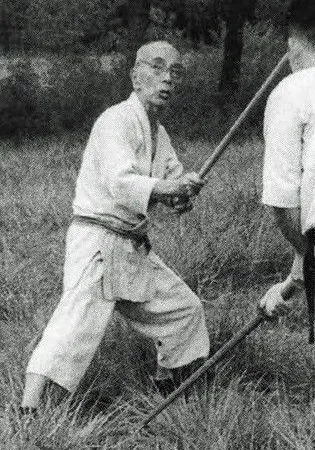
Takamatsu Toshitsugu, O'Sensei (born 1887 - 1972)
33rd Soke of Togakure Ryu Ninjutsu – “The last living true Ninja” Takamatsu began his training at an early age with his grandfather, Toda Shinryuken Masamitsu. By the time Takamatsu was 17 years old he had mastered: Shinden Fudo Ryu, Koto Ryu Koppojutsu, Gyokko Ryu Kosshijutsu, Kumogakure Ryu Ninpo, Gyokushin Ryu Ninpo, and the Togakure Ryu Ninpo Taijutsu.
At the age of 17 years old he went to study at the English School and the Chinese School of Classics in his home town of Kobe. While he was there he started learning Takagi Yoshin Ryu with Mizuta Yoshitaro Tadafusa (15th Soke). Before his 18th birthday Mizuta gave him the Menkyo Kaiden (license of total transmission) to Takagi Yoshin Ryu.
During this time Takamatsu met an old man by the name of Ishitani Matsutaro Takekage who worked as a security guard at the match factory owned by his father. Ishitani was famous all over Japan for his martial arts. Takamatsu leapt at the chance to study under the old man. From him he learned the Kuki Happo Bikenjutsu, Hon Tai Takagi Yoshin Ryu, Gikan Ryu Koppojutsu, and Shinden Muso Ryu. Ishitani died a few years later, just moments after passing the scrolls on to Takamatsu.
Then in 1909, when he was 22 years old, he received his Menkyo Kaiden from Toda for the schools that he learned. A short time after this Takamatsu left for China. He mastered many martial arts and fought in several battles before the age of 30. Takamatsu returned to Japan in 1919.
In the 1950’s, Takamatsu took on a new student, called Hatsumi Yoshiaki (Masaaki), a young man in his 20’s. Hatsumi traveled 15 hours almost every weekend for 15 years to study with Takamatsu. Hatsumi said that when he first met Takamatsu he was frightened of him and that he was a powerful and frightening teacher.
One year before his death, Takamatsu told Hatsumi that he had taught him everything that he knew. Takamatsu died on April 2, 1972. Though he stopped training at the age of 80, he had still continued to oversee Hatsumi’s personal training.
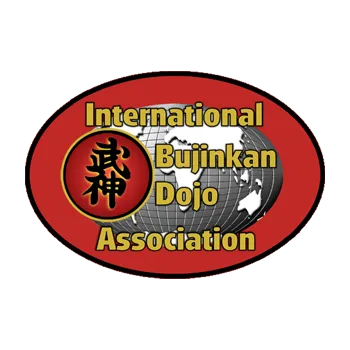
About the International Bujinkan Dojo Association (IBDA)
The International Bujinkan Dojo Association's history began in 1985 when Richard Van Donk was sanctioned by Soke Hatsumi of the International Hombu Dojo in Japan to help build unity and to spread the teachings of the nine traditions of Ninjutsu throughout the United States and abroad. It began as the American Bujinkan Dojo™, now run by DaiShihan Linda Van Donk, and grew internationally through the long distance courses. We now have students studying worldwide in over 80 countries.
We at the IBDA™ offer authentic Ninjutsu and Budo Taijutsu (as Soke Hatsumi now calls his martial art) training as practiced in Japan. DaiShihan Richard Van Donk is a personal student of Soke Hatsumi. We have compiled many training tools and unsurpassed learning materials to help you with your training progress.
At IBDA we have strived to make our ranks mean that you actually learned something to get them. At IBDA we have worked hard to have a unified organization where every instructor is trained to be an instructor and knows all the material up to their grade.
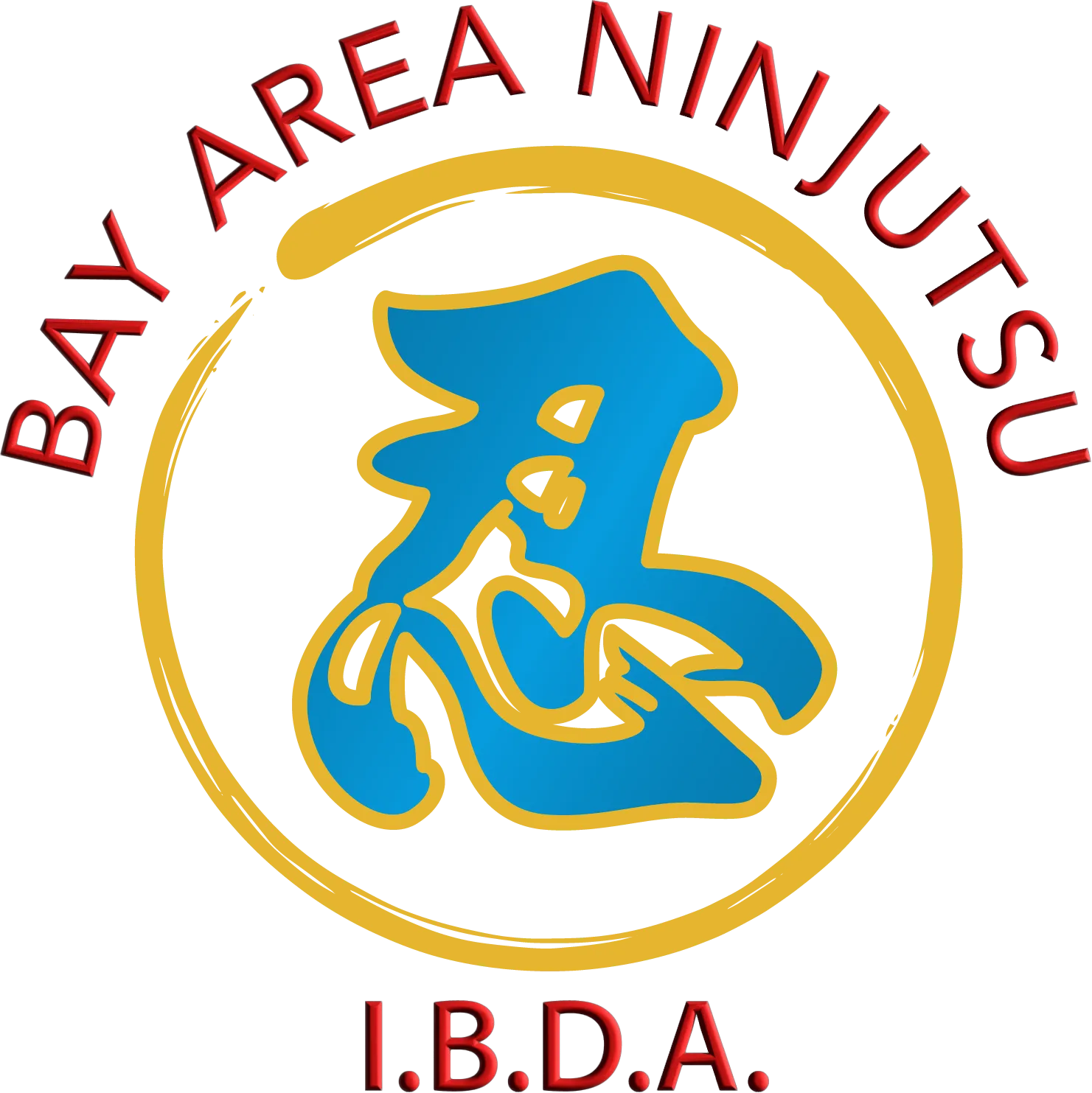
1455 Beach Park Blvd
Foster City, California
International Bujinkan Dojo Association
